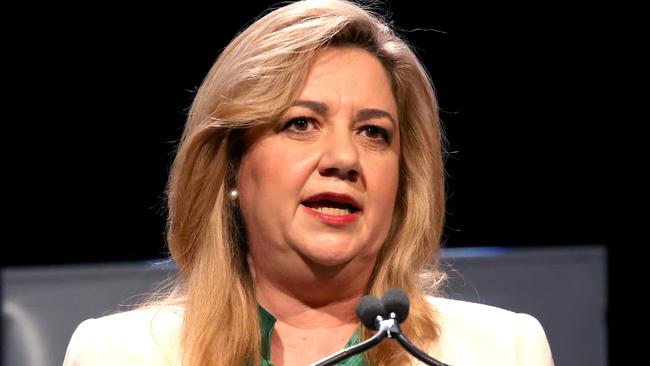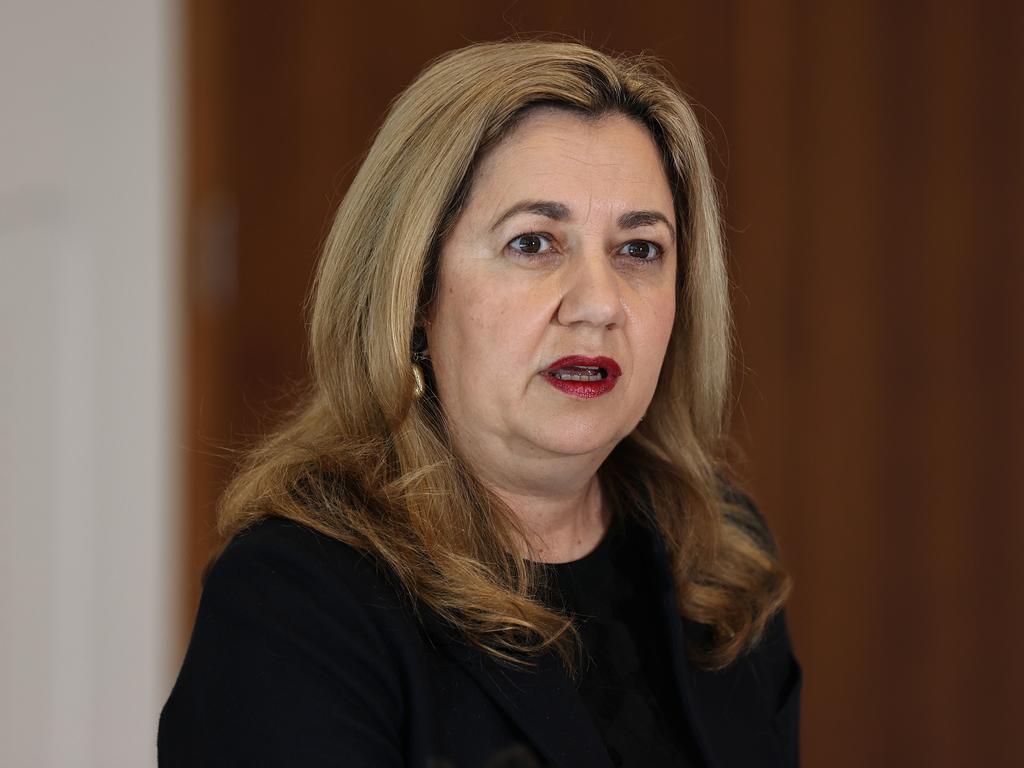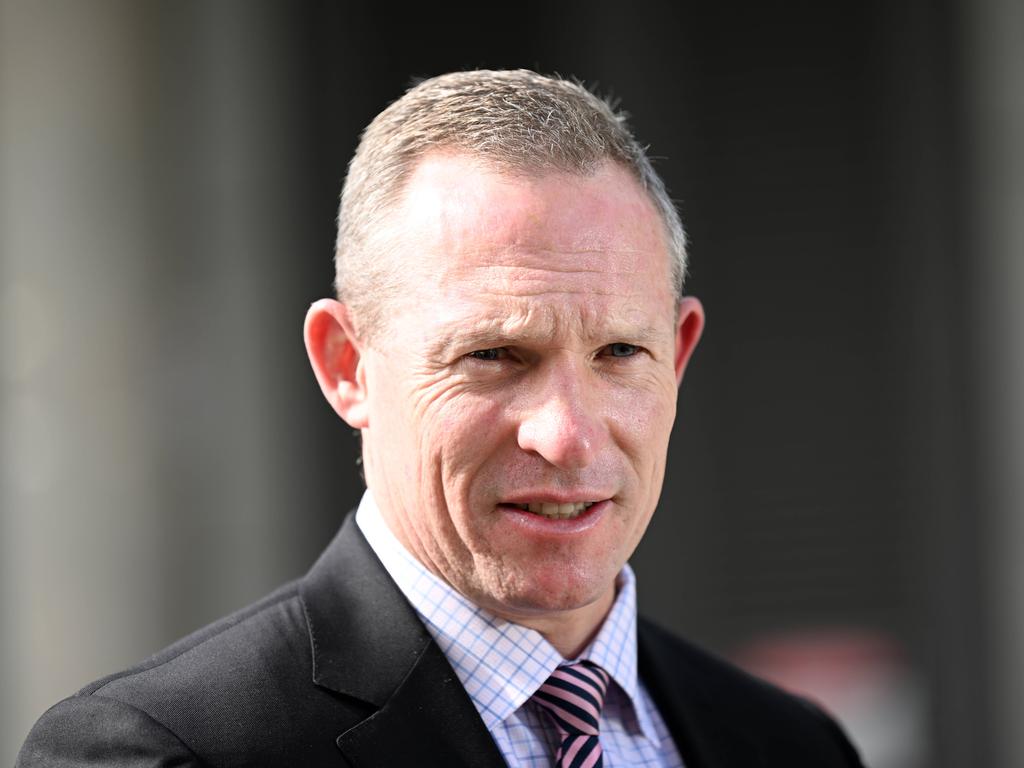Queensland to phase out coal by 2035 in $62bn energy plan
The state will all-but phase out coal-fired power to hit an ambitious new renewables target of 80 per cent by 2035.

Queensland will all-but phase out coal-fired power by 2035, in a dramatic reshaping of the state’s energy mix to hit an ambitious new renewables target of 80 per cent by 2035.
But Premier Annastacia Palaszczuk’s $62bn strategy relies heavily on hypothetical funding from the private sector and the new federal government, and two massive new pumped hydro storage projects that have not been subjected to detailed environmental or engineering investigations.
The state government secured support from the powerful Electrical Trades Union – which has for years campaigned against an accelerated shutdown of fossil fuel power generation – by signing a $150m guarantee with the ETU and the Mining and Energy Union that “no job will be lost” in the transition.
Delivering the government’s long-awaited 10-year energy plan on Wednesday, Ms Palaszczuk said Queensland would end its reliance on coal power by 2035, convert the generators to clean energy hubs, and keep them as “backup capacity” until replacement pumped hydro energy storage was operational and reliable.
A new Queensland Energy System Advisory Board will give advice every two years from 2025 about energy security, and will be able to recommend the coal power be switched back on if reliability is threatened.
Currently, Queensland’s fleet of state-owned generators would not be fully retired until 2046; under the new plan some would stop regularly burning coal nearly a decade earlier.
The decision reverses Energy Minister Mick de Brenni’s insistence that coal-fired power stations would not need to be retired earlier to meet the government’s renewables targets.
As of June, 21.4 per cent of Queensland’s energy consumption was sourced from renewables. That will rise to 50 per cent by 2030 (the original target set in 2017) and, according to the new plan, 70 per cent by 2032 and 80 per cent by 2035.
The targets will be legislated.
Despite conservationists pushing for the government to commit to more ambitious emissions reductions goals, which would have a massive impact on the state’s mining and resources sector, Ms Palaszczuk has only outlined new targets for the power sector.
“The plan I outline today will deliver a 50 per cent reduction in electricity sector emissions on 2005 levels by 2030 and a 90 per cent reduction in electricity emissions by 2035-36,” she said.
About half of the $62bn will be private sector funding, Ms Palaszczuk said, and she will rely on federal government cash to help build the hydro projects.
As reported in The Australian on Wednesday, the strategy is underpinned by government investment in two major new pumped hydro projects: a new dam in the Pioneer Valley near Mackay in central Queensland, which is forecast to supply half of Queensland’s energy needs, and Borumba Dam, west of Gympie in South East Queensland.
The Pioneer-Burdekin project would be delivered by 2035 and be the largest pumped hydro project in the world at 5 gigawatts, but both hydro schemes are still in their extremely early stages.
The government will spend $200m to do “detailed engineering and environmental investigations, community engagement and some early access works”. Environmental and water approvals will also have to be secured “before proceeding” with the dams.
Queensland Resources Council chief executive Ian Macfarlane warned there needed to be a new source of 24/7 firming power, if coal was phased out, or there would be serious risks to electricity reliability. “As we’re seeing in Europe, if you don’t get it right, you get blackouts and you get astronomical increases in energy costs,” he said.







To join the conversation, please log in. Don't have an account? Register
Join the conversation, you are commenting as Logout